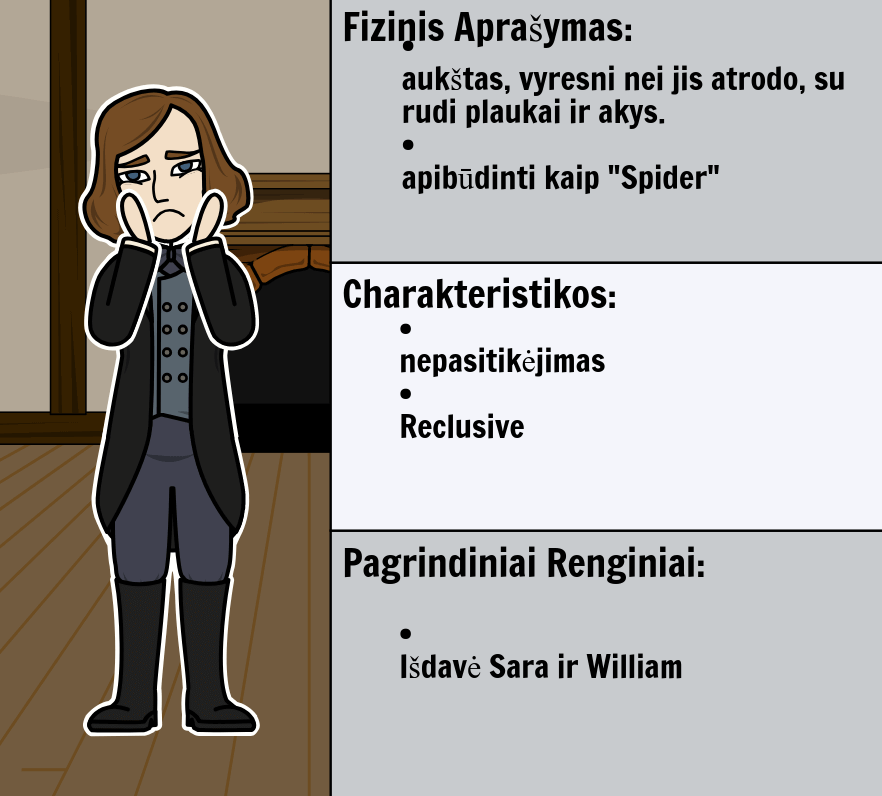


Evans was educated at home and at various schools, including Mrs. George Eliot, neé Mary Ann Evans, was born on November 22, 1819, in Chilvers Coton, in Warwickshire, England, the daughter of estate manager Robert Evans and his wife Christiana Pearson. Not only is it a touching story that ends, like the fairy tale, happily ever after, it also presents a realistic portrait of nineteenth-century life in a traditional English village in which the spirit of kindness and cooperation overrule petty differences. Silas Marner has always been admired as one of Eliot's best and most appealing works. But when the gold that he cherishes is stolen, and he adopts a child whose mother has just died, his life changes dramatically for the better. His religious faith gone, for fifteen years Marner isolates himself from the life of the village and becomes a miser. Set in the fictional village of Raveloe, it centers on Silas Marner, a weaver who is forced to leave his hometown in the north after being falsely accused of theft by members of his chapel. Silas Marner is a story of loss, alienation, and redemption that combines elements of fairy tale and myth with realism and humor. After the publisher John Blackwood read some of the manuscript and told her he found it somber, Eliot replied that it was not a sad story because "it sets in a strong light the remedial influences of pure, natural human relations." The idea for the short novel, which she described as "a story of old-fashioned village life," came upon Eliot suddenly and interrupted her plans for the writing of another novel, Romola. Silas Marner: The Weaver of Raveloe, by Victorian novelist George Eliot, was first published in 1861.


 0 kommentar(er)
0 kommentar(er)
